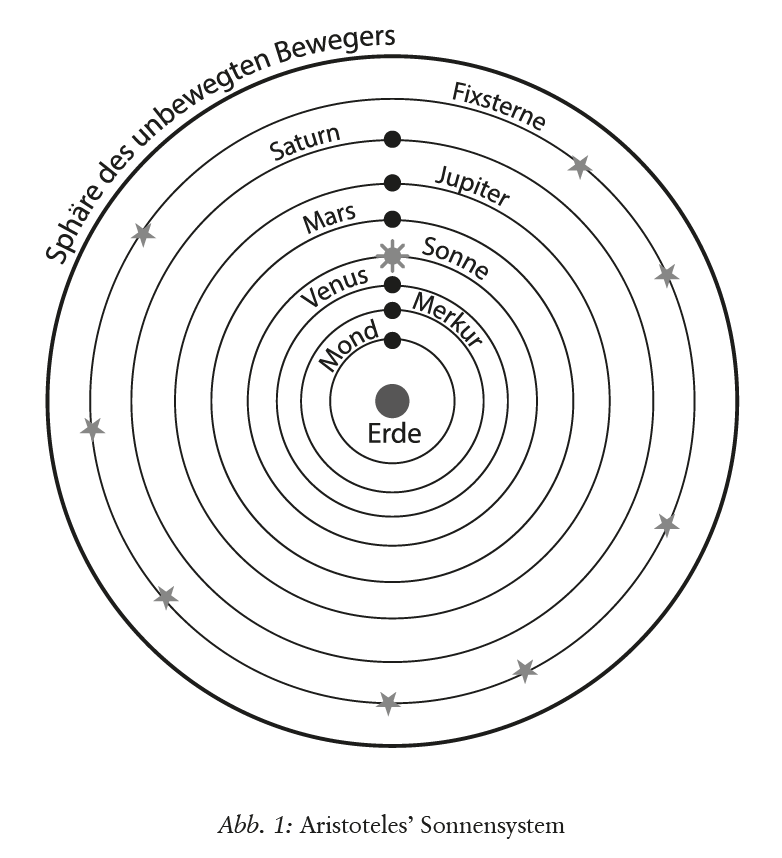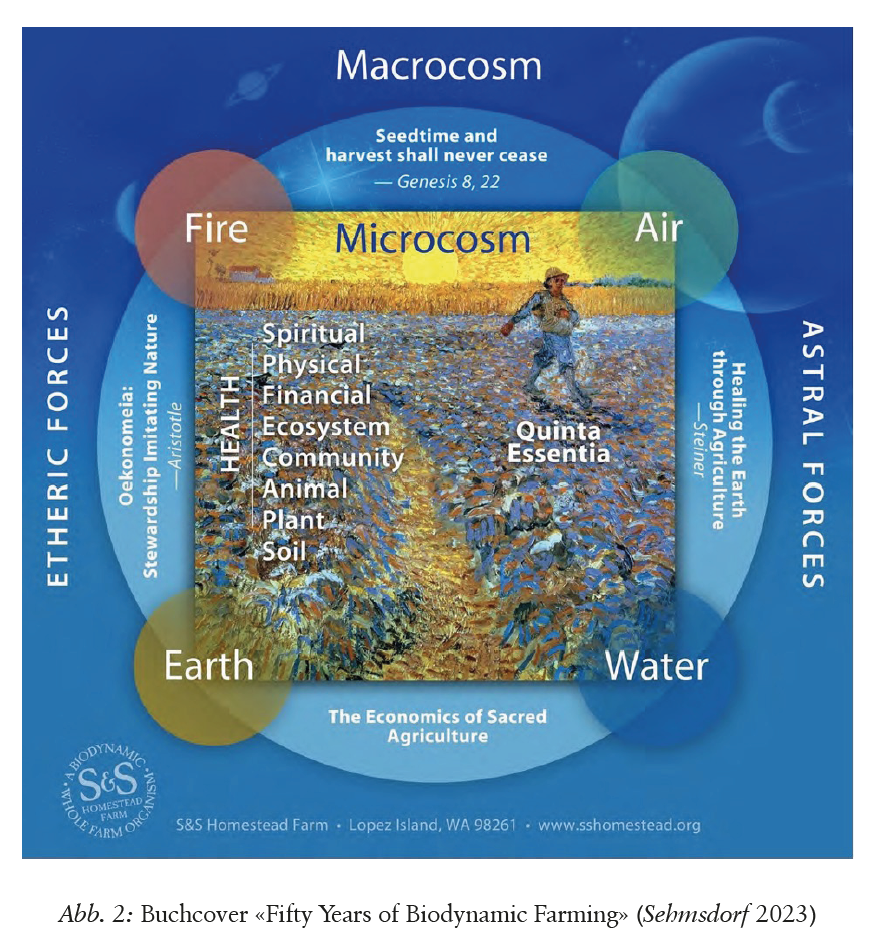Die Spiritualität des Bodens: Die Idee der Teleologie von Aristoteles bis Rudolf Steiner
Export Article Citation as
- Plain text
- BibTeX
- RIS format
- Download price : € 0.00
Abstract:
In European intellectual history, from Aristotle, Spinoza, Goethe and Steiner to modern ecophilosophical approaches, there is a tradition in which mind and matter are the same, seen from different perspectives. In this view, soil is the dynamic, spiritual basis of life. The way in which humans work with the soil shapes its quality, health and fertility. In this essay, these core ideas of biodynamic agriculture are developed, from the philosophical foundations of the classical Greek age to the reflections of contemporary thinkers.
Goethe’s scientific method is described as a model for the phenomenological understanding of soil quality, plant and animal life, and the countless symbiotic relationships that make up the agricultural organism. Rudolf Steiner’s Agricultural Course can therefore be characterized as an exercise in Goethean science, combining observation, qualitative analysis, intuition, and imagination. The consequence of Steiner’s impulse for biodynamic practice is characterized here as personal progress towards a unifying and transformative understanding of the spiritual nature of the cosmos and of life.

